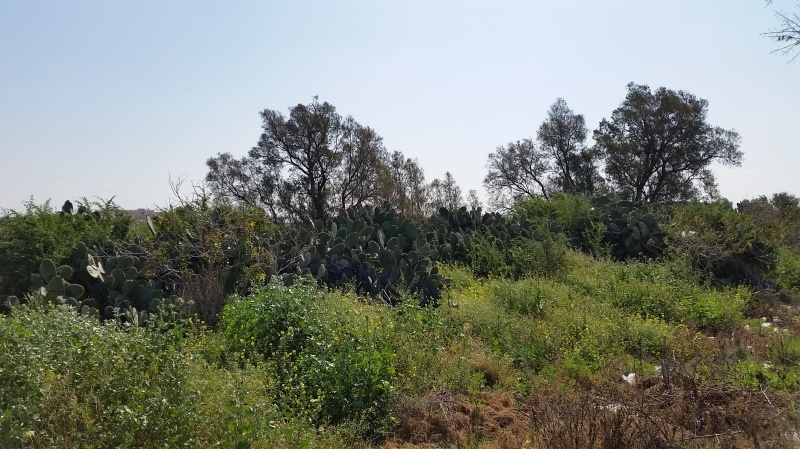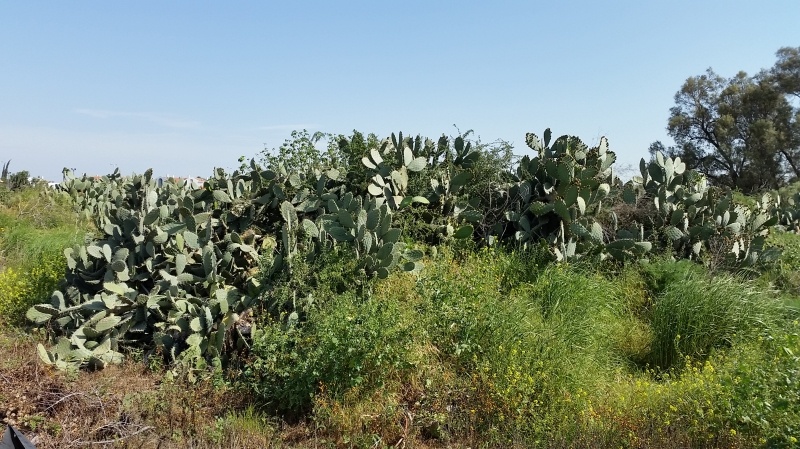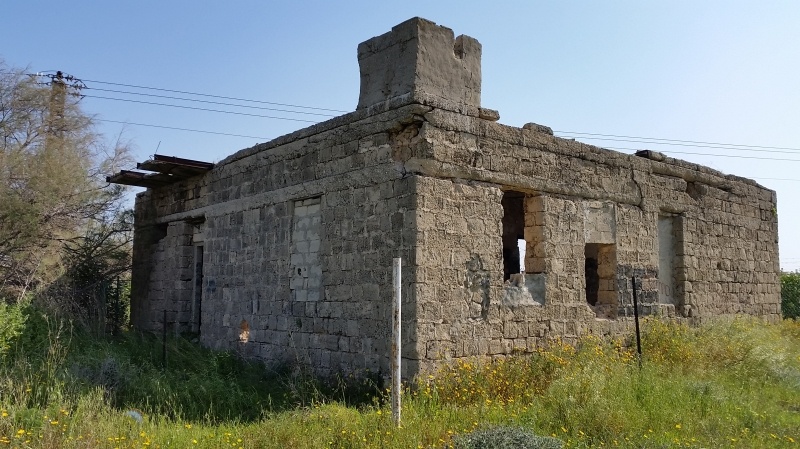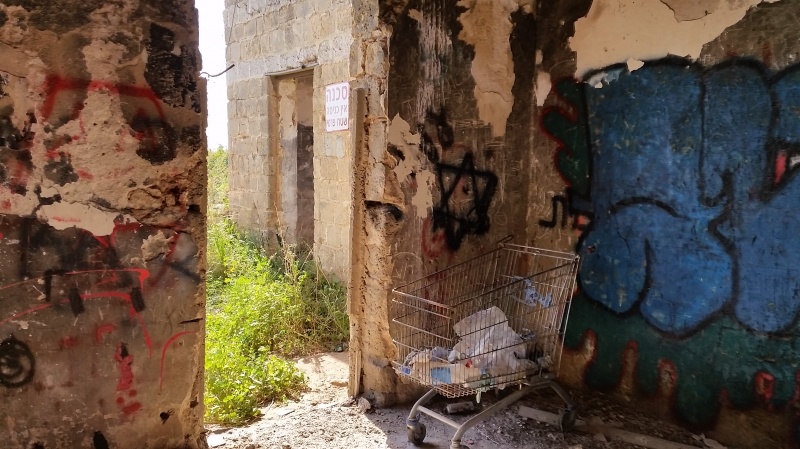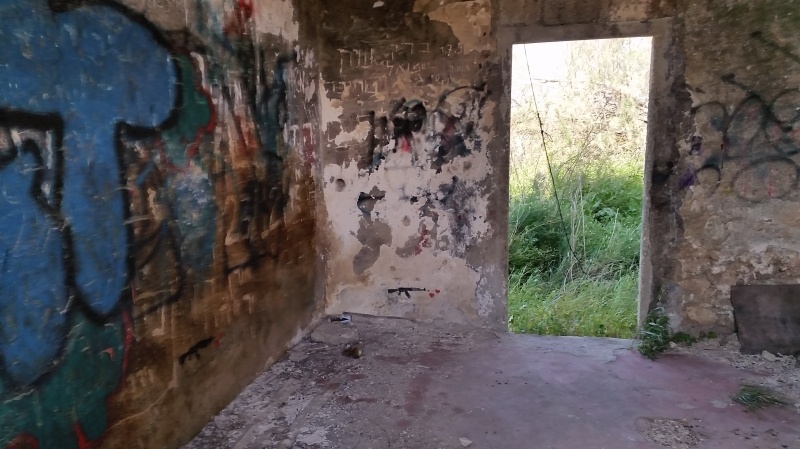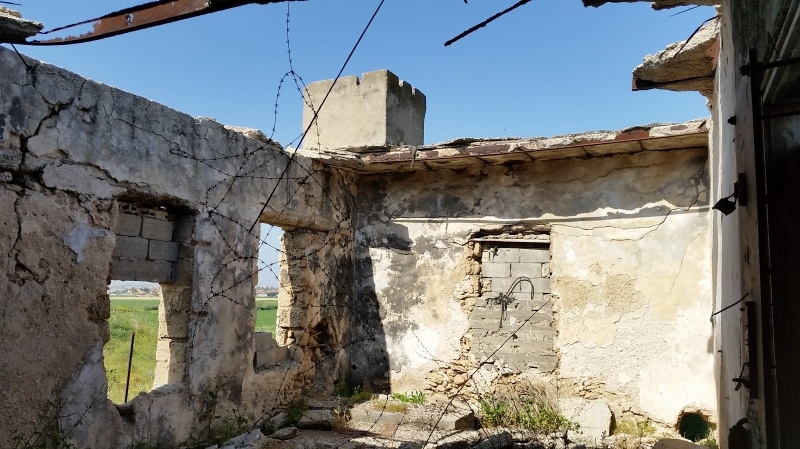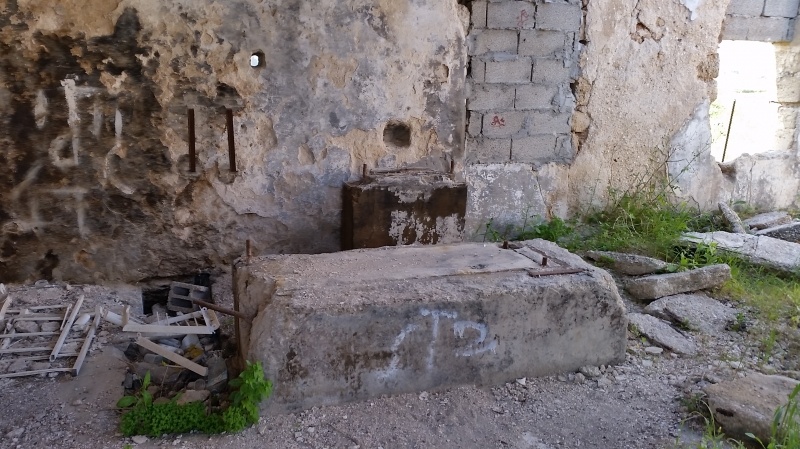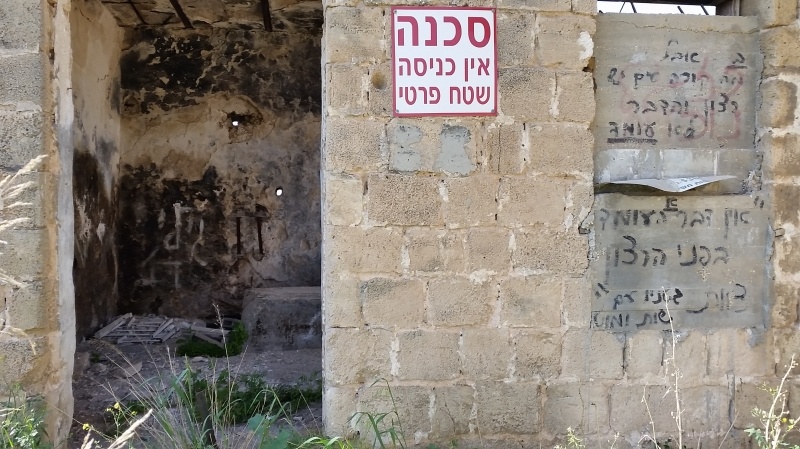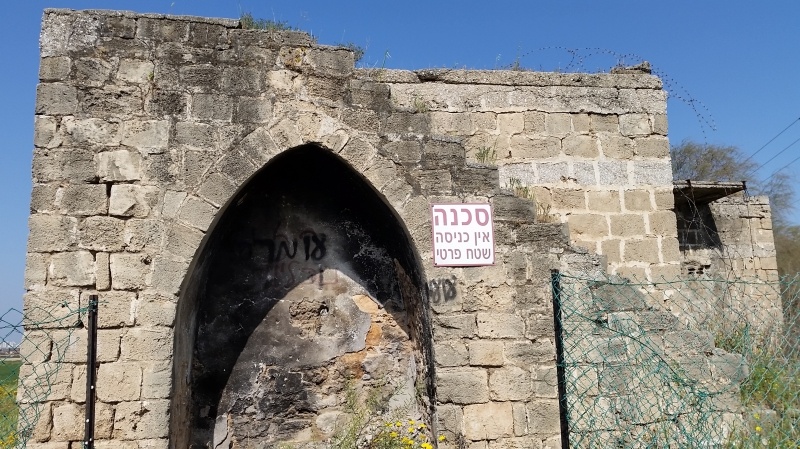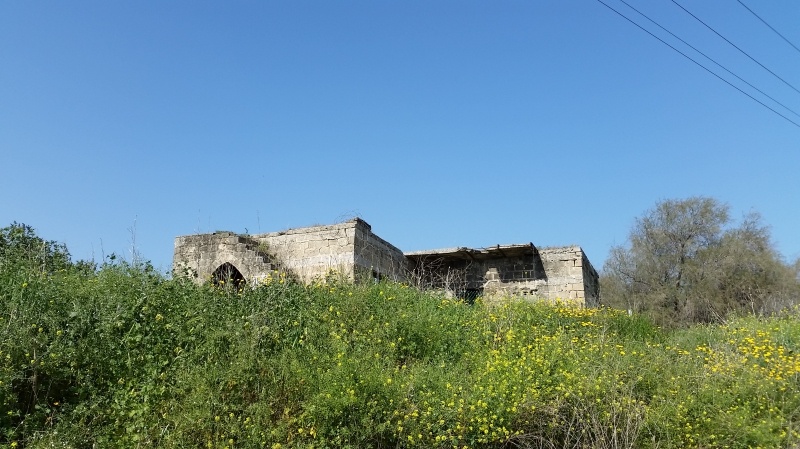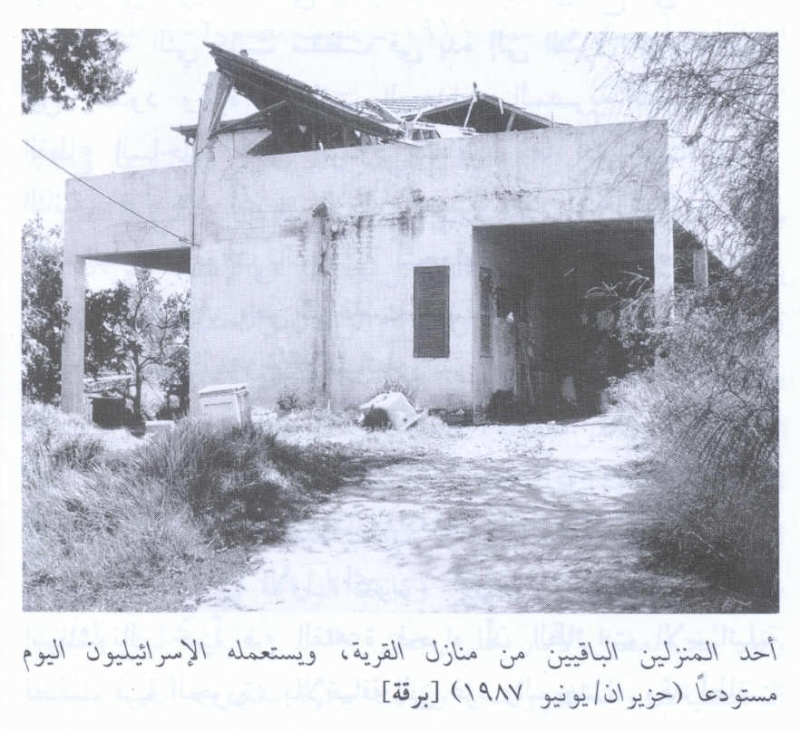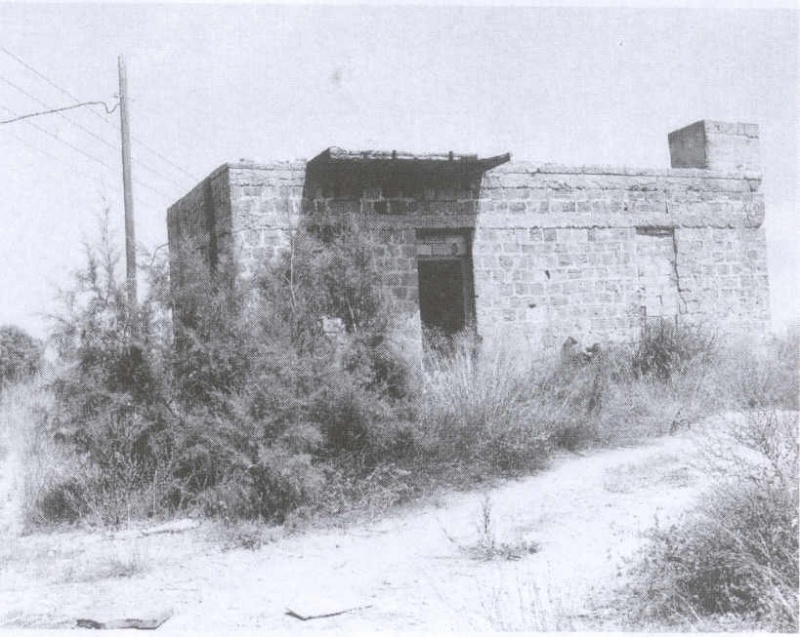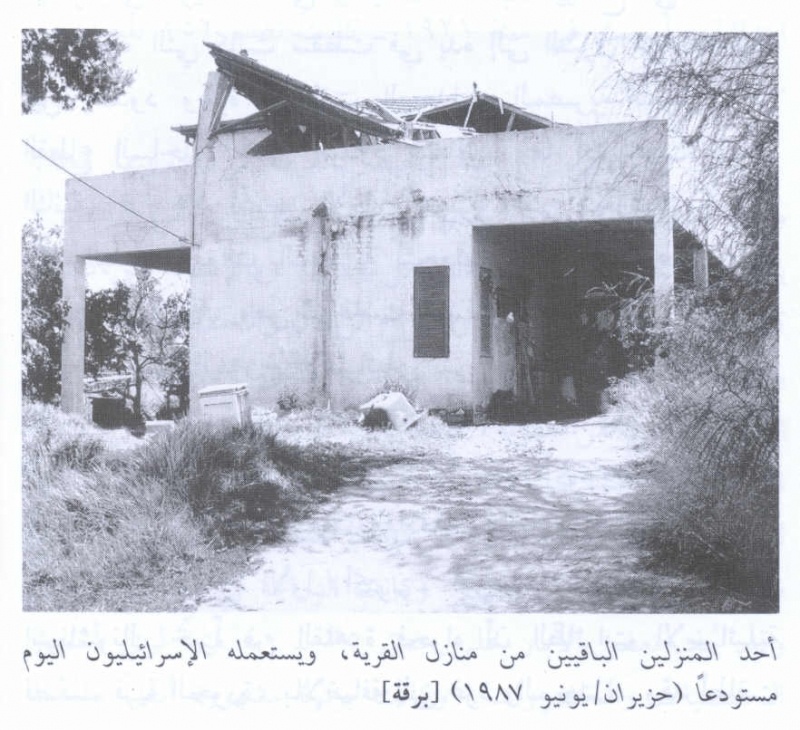Info
District: Gaza
Population 1948: 1030
Occupation date: 12/05/1948
Occupying unit: Giva'ati
Jewish settlements on village/town land before 1948: None
Jewish settlements on village/town land after 1948: Gan Yavne expansion
Background:
The village as situated on level ground in the coastal plain area, some 7 km from the Mediterranean. A secondary road linked it to the coastal highway, which gave it access to Gaza as well as to the urban centers in the north. It is likely that Barqa was built on the site of the Greek town of Barka, which the Romans called Bareca. Barqa was irregular in outline. Its houses—made, for the most part, of adobe brick—were close together, separated only by narrow alleys. The villagers were Muslim, and around the village mosque were a number of tombs that they referred to as the tombs of Shaykh Muhammad, Shaykh Zarruq, and the prophet (al-nabi) Barq. Small shops were located at the village center. The children attended school in the adjacent village of al-Batani al-Gharbi. Agriculture constituted the mainstay of the economy, which combined basic staples such as grains and vegetables with fruits, especially citrus. In 1944/45, a total of 667 dunums was devoted to citrus and bananas and 3,898 were allotted to grain; 47 dunums were irrigated or used for orchards. The village residents drilled several wells for irrigation, although agriculture remained largely rainfed. Barqa contained Greek relics, including a well, stone carvings, and fragments of pottery.
Occupation and Depopulation
The village is said to have been evacuated by its inhabitants at the beginning of an attack by the Haganah’s Giv’ati Brigade between 10 and 13 May 1948. Giv’ati was expanding its area of control southwards and westwards in the course of Operation Barak.
Israeli Settlements on Village Lands
There are no Israeli settlements on village lands. Gan Yavne, established in 1931, is close to the village site, to the north. The settlement of Shetulim, built in 1950, is near the village, on the lands of Isdud.
The Village Today
Two houses remain standing on the site. One serves as a warehouse; it is made of concrete and has a covered portico on two sides. The other, a stone house with rectangular doors and windows and a flat roof, stands deserted in the midst of wild vegetation. The site is overgrown with weeds interspersed with cactuses and eucalyptus and palm trees. Israelis cultivate the land around the site.
-----------------------------
Source: All That Remains: The Palestinian Villages Occupied and Depopulated by Israel in 1948. Walid Khalidi. Institute for Palestine Studies, 1992.


